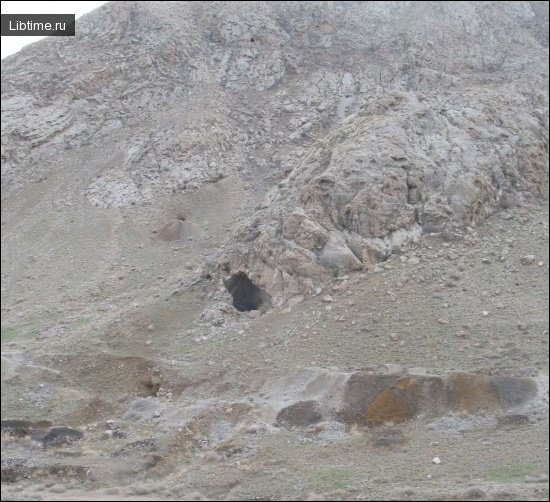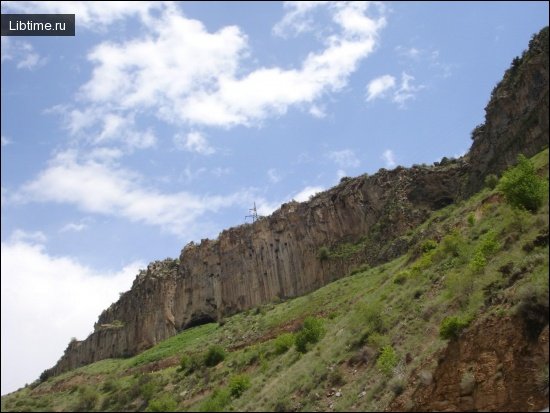The structure of stalactites
Of greatest interest are questions about the structure of stalactites, the peculiarities of their formation and growth rate.
These questions were addressed by A. N. Churakov (1911), N. M. Sherstyukov (4940), G. A. Maksimovich (1963), and 3. K. Tintilozov (1968). 
In longitudinal and transverse sections of stalactites under the microscope, spindle-shaped calcite grains up to 3-4 mm long can be traced. They are located perpendicular to the zones of stalactite growth.
The spaces between the spindle-shaped grains are filled with fine-grained (up to 0.03 mm in diameter) calcite. Under strong magnification, individual grains of fine-grained calcite reveal a fine-crystalline granular structure. 
The banding goes across the strike of the crystals. It is related to the change of impurity content in the incoming solution during stalactite growth. 
Stalactite growth
Therate of stalactite growth is determined by the rapidity of inflow (droplet frequency) and the degree of saturation of the solution, the nature of evaporation and especially the partial pressure of carbon dioxide. The frequency of droplets falling from stalactites varies from a few seconds to many hours.
Sometimes the fall of drops hanging on the ends of the stalactite is not observed at all. In this case, apparently, water is removed only by evaporation, which causes extremely slow growth of stalactites.
Special studies conducted by Hungarian speleologists have shown that the water hardness of drops hanging from the stalactite is higher than falling drops by 0.036 - 0.108 mg-eq.
Consequently, stalactite growth is accompanied by a decrease in water calcium content and carbon dioxide release. These studies have also established a significant change in the hardness of stalactite water during the year (up to 3.6 mg-eq), and the lowest hardness is observed in winter, when the content of carbon dioxide in water due to weakening of microorganisms life activity decreases.
Naturally, this affects the growth rate and shape of stalactites in different seasons of the year. 
Halite stalactites grow especially fast. Under conditions of highly mineralized sodium chloride water inflow, the growth rate of stalactites at the Shorsui mine (Central Asia, Alay Ridge), according to the studies of N. P. Yushkin (1972), varies from 0.001 to 0.4 mm per day: reaching in some cases 3.66 mm per day, or 1.336 m per year.


